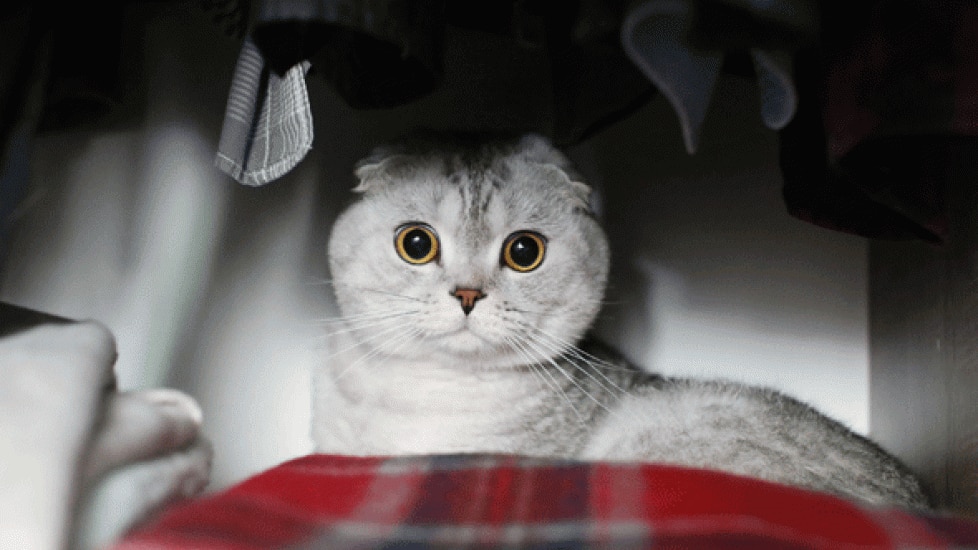In the realm of pet ownership, it’s crucial for animal enthusiasts like us to be aware of potential hazards that our beloved companions may encounter. One such hazard is mothballs—those seemingly innocent little pellets designed to repel moths and protect clothing from damage. While they are effective at deterring pests, mothballs can pose a significant threat to pets if ingested or inhaled. It’s imperative that we understand the risks associated with these common household items and take proactive measures to safeguard our furry friends. Let’s delve into the world of mothball toxicity and arm ourselves with knowledge to keep our pets safe.
Understanding Mothballs:
Mothballs are composed primarily of naphthalene or paradichlorobenzene (PDB), both of which have potent insecticidal properties. When released into the air, they create an invisible chemical vapor that deters moths and other insects. However, this very property makes them hazardous when exposed to curious pets who might mistake them for treats or toys.
Symptoms of Mothball Poisoning:
If your pet comes into contact with mothballs, whether by chewing on them, swallowing them whole, or sniffing their fumes too closely, you should watch out for the following symptoms:
-
Gastrointestinal Distress: Vomiting, diarrhea, and abdominal pain are common responses to the toxic chemicals found in mothballs. These symptoms can lead to dehydration and electrolyte imbalances without prompt veterinary intervention.
-
Central Nervous System Irritation: Exposure to mothballs can cause seizures, tremors, convulsions, and even coma as the toxins irritate the central nervous system.
-
Hemolytic Anemia: In some cases, especially with long-term exposure to naphthalene, mothball toxicity can result in hemolytic anemia where red blood cells are destroyed prematurely within the body. This condition requires immediate treatment to prevent life-threatening complications.
-
Liver Damage: The liver plays a vital role in filtering toxins from the body. Prolonged exposure to mothballs can lead to irreversible liver damage due to their ability to induce oxidative stress on hepatocytes (liver cells).
-
Kidney Failure: Similarly, kidney failure has been reported in severe cases of mothball poisoning, highlighting the importance of recognizing early signs and seeking professional help promptly.
Prevention Tips:
To ensure the safety of your pets, consider implementing the following preventive measures:
-
Store mothballs securely: Keep them locked away in a place inaccessible to animals, preferably in a sealed container.
-
Use alternative methods: Opt for cedar chests or natural essential oils as alternatives to traditional mothballs.
-
Educate children: Teach young family members about the dangers of handling or playing near mothballs so they can assist in keeping pets safe.
-
Regular check-ups: Schedule regular vet visits to monitor your pet’s health and detect any issues early on.
-
Create a safe environment: Conduct regular home inspections to identify and remove potential hazards before they become problems.
-
Act swiftly: If you suspect your pet has come into contact with mothballs, seek veterinary assistance immediately. Time is critical in treating poisonings effectively.
Conclusion:
By understanding the risks posed by mothballs and taking appropriate precautions, we can provide a safer living environment for our cherished pets. Remember that prevention is always better than cure; therefore, it’s wise to keep potentially harmful substances out of reach while maintaining awareness of the warning signs of toxicity. With vigilance and education, we can enjoy the company of our pets without compromising their well-being.
